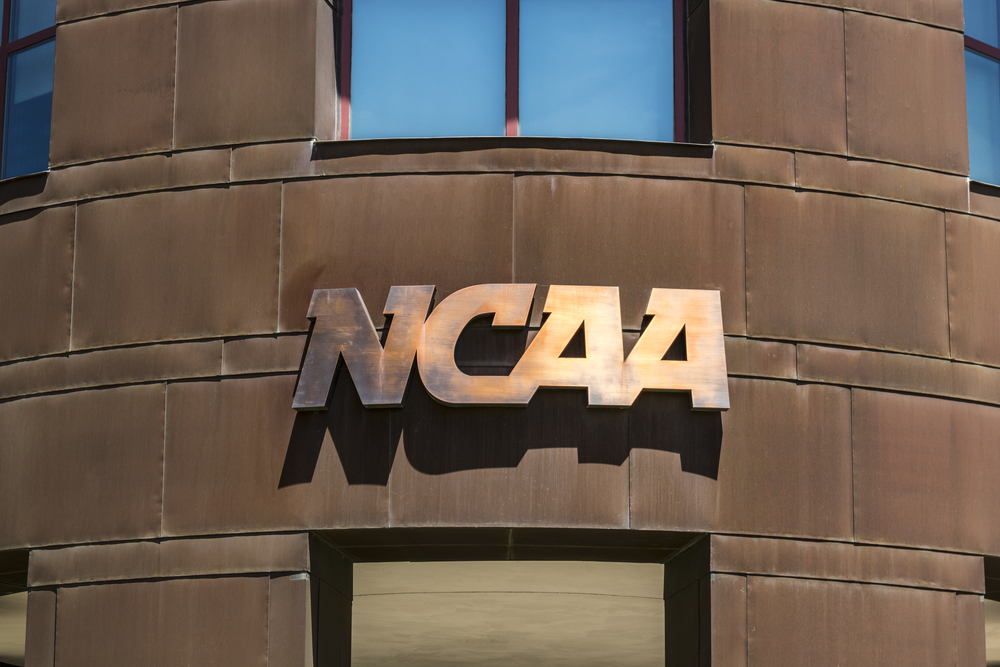A simple hernia repair surgery.
Most doctors sell it as a walk in the park depending on the hernia. It is the standard of care to use a polypropylene (PP) surgical mesh, generally small pore and heavy weight. There are roughly one million hernia surgeries performed every year, according to the American Hernia Society. And for groin surgery, repairs involve mesh more than 90 percent of the time, according to the U.S. Food and Drug Administration (FDA).
But this common procedure carries a high risk of chronic pain after surgery that can last a lifetime. In simple terms, a hernia is a portion of the intestine or fat that bulges through a weak abdominal area. In some cases, a person may choose “watchful waiting,” to see what develops. In some cases, a hernia bulge can remain unchanged for years. On the other hand, the hernia can expand and cause the intestine can be strangled after punching through the wall. That’s usually when emergency surgery is necessary.
Both men and women, and even children can suffer from hernias. Often a patient will have more than one. A 2013 study from the American College of Surgeons (ACS) finds the simple surgery for ventral hernia repair (through the abdominal wall muscles) can bring a $44,000 price tag if the site becomes infected. Compare that to a hernia repair without complications where the cost hovers around $38,000. Signs of infection include inflammation, an inability to heal, pain and tenderness, and may include flu-like symptoms. Costs go up when the patient is subject to repeat operations, the possibility of a replacement mesh, repeated hospitalizations and clinic visits can raise the price tag to about $107,000.
The study, published January 2016, was conducted by the Carolinas Medical Center, in Charlotte, N.C. and involved 500 patients. Researchers found anywhere from 17 percent to 66 percent of patients have an infection after a ventral hernia repair using mesh. More than 30 percent of those infections occurred an average of 2.2 years after the implant. Because an infection onset may be delayed, the study stresses the need for long-term monitoring after an implant. Factors that might lead to complications include a previous hernia repair or infection and the size of the defect area. Also more complications were noted when a panniculectomy was performed at the same time. That is the removal of excess skin in the abdomen.
Interestingly, the patients with biologic mesh, made with porcine (pig), bovine (cow) or human dermis (cadaver), had more wound infections than those implanted with synthetic mesh (13.5% vs 46.2%). Ultimately, patients with complications may have a lower quality of life (QOL) overall. They complain of an inability to move and an impact on their activities, more mesh sensation including discomfort.












